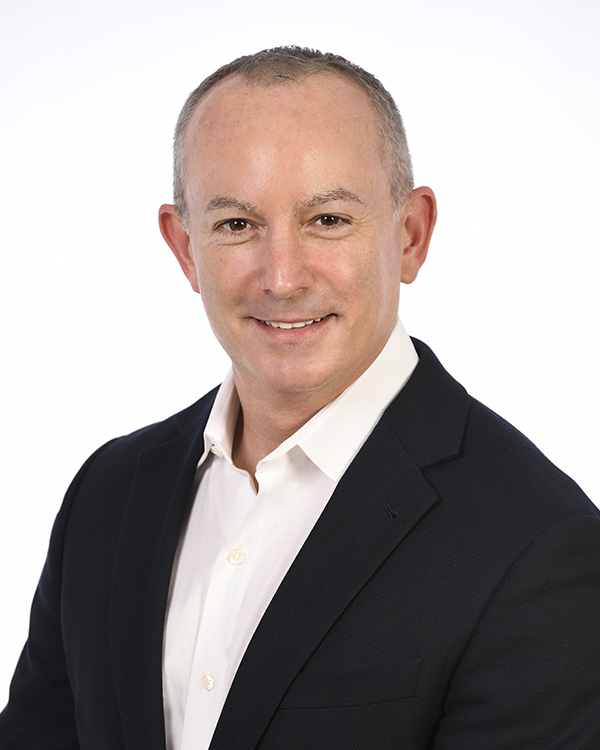BIC - December 2010
By: Shawn M. Galloway
Printable Version
Positive perceptions about safety are critical to safety excellence; they harness significant conditioning influence on employees. Last month's article outlined the five most dangerous perceptions which can become barriers to sustained safety excellence. Below are strategies to neutralize these undesirable beliefs before they become reinforced within the culture.
-
Believing Zero Recordables is a Possibility.
If a destination is not believed in, people will not work aggressively to achieve the goal. There are two main reasons why people perceive zero recordables is not possible. First, many people do not realize zero recordables have been achieved within similar work environments. While every group is unique, most industries do have success stories. Consider finding some examples and providing these examples to help change any negative perspectives. Second, they are unable to identify the prevention opportunities within their group's specific incidents. Consider working with these individuals to perform a Pareto analysis on their recent events to determine precautionary-focused prevention opportunities. -
Safety Excellence Means Acting Proactively to Minimize Risk Exposure.
It is critical to the achievement of safety excellence that everyone understand the difference between "safe" and "lucky" when discussing consequences of behaviors. We can no longer define safety as the "absence of accidents". Safety means not being at risk. For everyone to understand what this definition means, they must clearly identify how they can contribute to risk reduction and injury prevention. It must be defined in terms of exercising hazard control and precaution-taking. -
Safety is Everyone's Responsibility.
If safety is viewed solely as a process that has to be managed by a process owner or a safety person, it can send the message that safety is one individual's responsibility. Safety is everyone's responsibility. Management's responsibility lies in the creation of a safe working environment. Safety professionals ensure compliance and proactive risk-reduction efforts are in place. However, environmental approaches alone provide a limited return, and the professional cannot be safe for others. Successful sites behaviorally define safety roles and responsibilities and observable expectations for everyone. Others go beyond, establishing these by level throughout the company, then further customizing on an individual basis. -
It COULD Happen to Me.
It is easy for a task to be performed for multiple years injury-free. Were these behaviors completed safely, or was the individual simply lucky on occasion? It is impossible to eliminate all risk-exposure in any industrial environment. As such, it is critical that risk identification and reduction efforts include training employees to identify low-probability exposures in their environment. In addition, there should be a trusting atmosphere where employees willingly discuss their own lucky outcomes. -
Good Doesn't Mean Perfect.
If you believe good is good enough, then you may be sending the message that a few injuries is acceptable. Striving for excellence in safety is a continuous journey that is only accomplished through a shared passion for excellence. This does not mean anything less is unacceptable. Rather, we will never stop trying. We must remain diligent and help others continue to see the opportunities to further reduce risk exposure, even in the absence of incidents or accidents. Ensure effective collection and trending of risk-exposure information through audits, inspections and common practice observations; the opportunities will present themselves.
If you want to change someone's perception, self-discovery is critical for ownership of the new perspective. Typically, this best occurs through continuous information and different experiences that facilitate the change in perceptions. Attempting to forcibly changing perceptions in someone is analogous to demanding an epiphany. It rarely works, and is certainly not sustainable. Change the experiences and, with a little bit of coaching, the perceptions will often change on their own.
 Shawn M. Galloway is the CEO of ProAct Safety and co-author of several bestselling books. As an award-winning consultant, adviser, leadership coach and keynote speaker, he has helped hundreds of organizations within every major industry to improve safety strategy, culture, leadership and engagement. He is also the host of the highly acclaimed weekly podcast series Safety Culture Excellence®.
Shawn M. Galloway is the CEO of ProAct Safety and co-author of several bestselling books. As an award-winning consultant, adviser, leadership coach and keynote speaker, he has helped hundreds of organizations within every major industry to improve safety strategy, culture, leadership and engagement. He is also the host of the highly acclaimed weekly podcast series Safety Culture Excellence®.
For more information, call (936) 273-8700 or email info@ProActSafety.com.
